Intro
Keflex, also known as cephalexin, is a widely used antibiotic that belongs to the cephalosporin class of medications. It is commonly prescribed to treat various bacterial infections, including those affecting the skin, respiratory tract, and urinary tract. The importance of understanding how Keflex works, its benefits, and potential side effects cannot be overstated, as it is a crucial part of modern healthcare. In this article, we will delve into the world of Keflex, exploring its mechanism of action, advantages, and key facts that every patient should know.
The rise of antibiotic-resistant bacteria has made the development and use of effective antibiotics like Keflex more critical than ever. As bacteria continue to evolve and become resistant to existing treatments, the need for new and improved antibiotics has become a pressing concern. Keflex has been a staple in the treatment of bacterial infections for decades, thanks to its broad-spectrum activity and relatively low risk of side effects. However, it is essential to use Keflex responsibly and only when prescribed by a healthcare professional to minimize the risk of resistance and ensure its continued effectiveness.
Keflex is not only effective but also relatively safe, making it a popular choice among healthcare providers. Its widespread use has led to a significant reduction in the severity and duration of bacterial infections, improving patient outcomes and quality of life. Despite its many benefits, Keflex is not without its limitations and potential drawbacks. Patients must be aware of the possible side effects, interactions, and contraindications associated with Keflex to ensure safe and effective treatment. By understanding the facts about Keflex, patients can make informed decisions about their healthcare and work closely with their healthcare providers to achieve the best possible results.
What is Keflex?
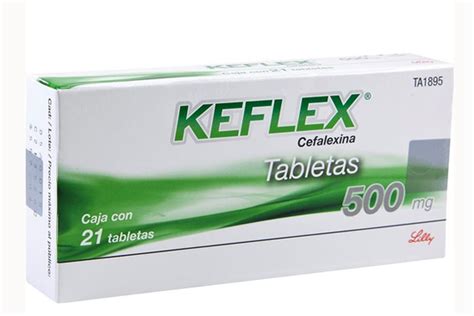
How Does Keflex Work?
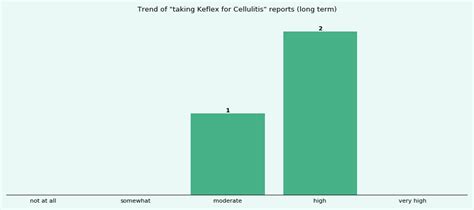
Key Mechanisms of Action
The key mechanisms of action of Keflex include: * Inhibition of cell wall synthesis: Keflex binds to PBPs, preventing the formation of the bacterial cell wall. * Disruption of cell membrane function: The loss of the cell wall leads to changes in the cell membrane, ultimately resulting in cell lysis. * Inhibition of bacterial growth: Keflex prevents the growth and multiplication of bacteria, allowing the immune system to clear the infection.Benefits of Keflex
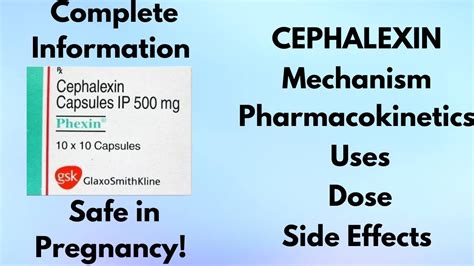
Common Uses of Keflex
Keflex is commonly used to treat a range of bacterial infections, including: * Skin infections: Keflex is effective against skin infections caused by Streptococcus and Staphylococcus species. * Respiratory tract infections: Keflex is used to treat respiratory tract infections, including pneumonia and bronchitis. * Urinary tract infections: Keflex is effective against urinary tract infections caused by Escherichia and Klebsiella species.Potential Side Effects of Keflex
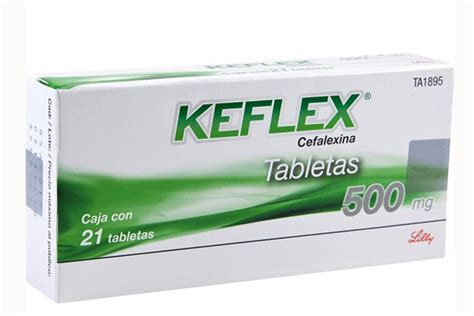
Managing Side Effects
To manage side effects, patients should: * Take Keflex as directed: Following the prescribed dosage and administration schedule can help minimize the risk of side effects. * Stay hydrated: Drinking plenty of water can help reduce the risk of gastrointestinal symptoms. * Monitor for signs of allergic reactions: Patients should be aware of the signs of allergic reactions and seek medical attention if they experience any symptoms.Contraindications and Precautions
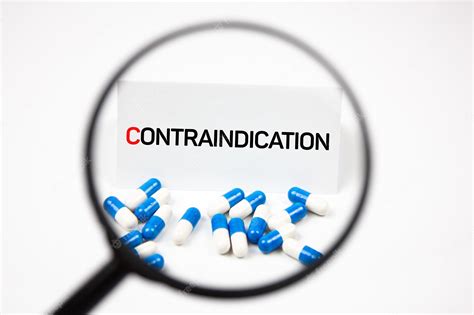
Special Considerations
Patients with certain medical conditions, including: * Kidney disease: Keflex may exacerbate kidney disease, and patients should use it with caution. * Liver disease: Keflex may affect liver function, and patients should monitor their liver enzymes closely. * Pregnancy and breastfeeding: Keflex may pass into breast milk or affect fetal development, and patients should use it with caution.Interactions with Other Medications
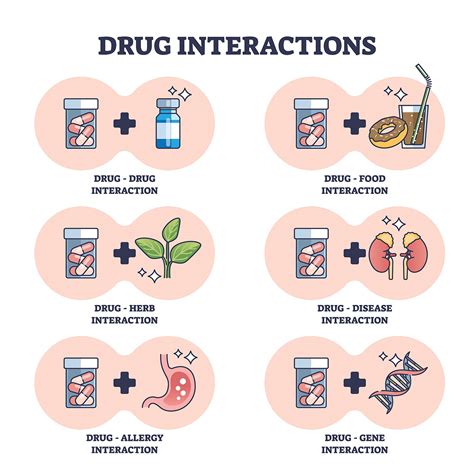
Managing Interactions
To manage interactions, patients should: * Inform their healthcare provider of all medications: Patients should inform their healthcare provider of all medications, including prescription and over-the-counter medications. * Monitor for signs of interactions: Patients should be aware of the signs of interactions and seek medical attention if they experience any symptoms. * Adjust dosages: Healthcare providers may need to adjust dosages or switch medications to minimize the risk of interactions.Conclusion and Final Thoughts

We invite you to share your thoughts and experiences with Keflex in the comments section below. Have you used Keflex to treat a bacterial infection? What were your experiences with the medication? Share your story and help others make informed decisions about their healthcare.
What is Keflex used for?
+Keflex is used to treat a range of bacterial infections, including skin infections, respiratory tract infections, and urinary tract infections.
What are the potential side effects of Keflex?
+The potential side effects of Keflex include gastrointestinal symptoms, allergic reactions, and interactions with other medications.
Can I take Keflex if I have a history of penicillin allergy?
+No, Keflex is contraindicated in patients with a history of hypersensitivity to cephalosporins or penicillins.
How long does it take for Keflex to start working?
+Keflex typically starts working within 1-2 hours of administration, but it may take several days to fully clear the infection.
Can I take Keflex with other medications?
+Keflex can interact with other medications, including blood thinners, diabetes medications, and probenecid. Patients should inform their healthcare provider of all medications before taking Keflex.
